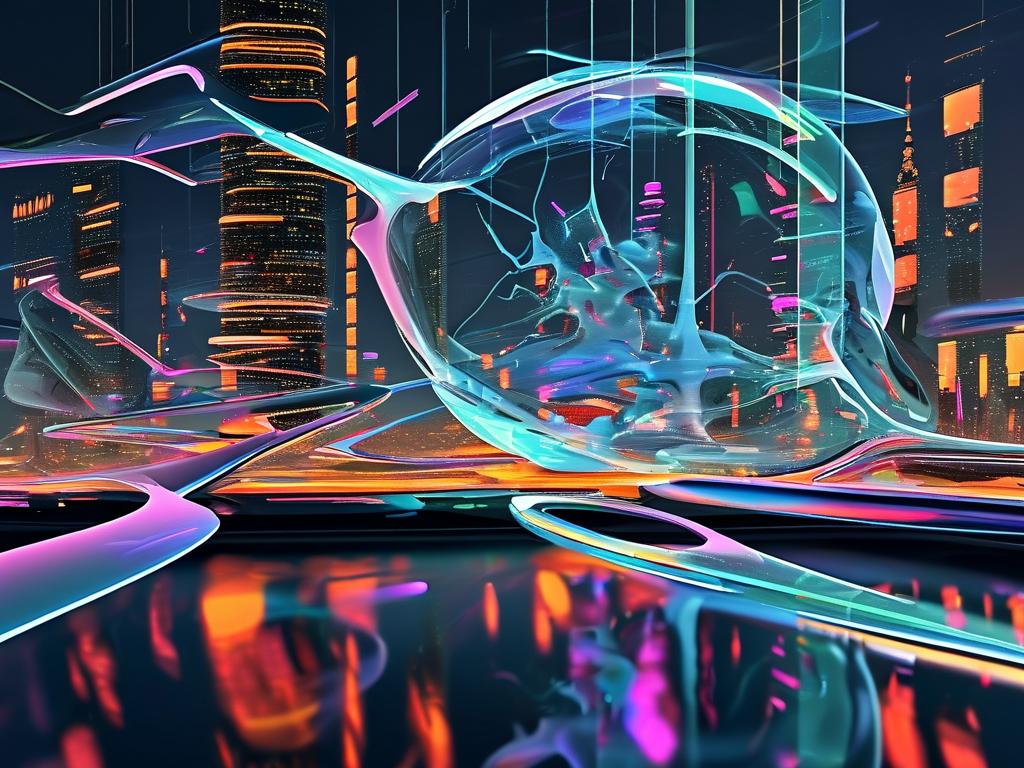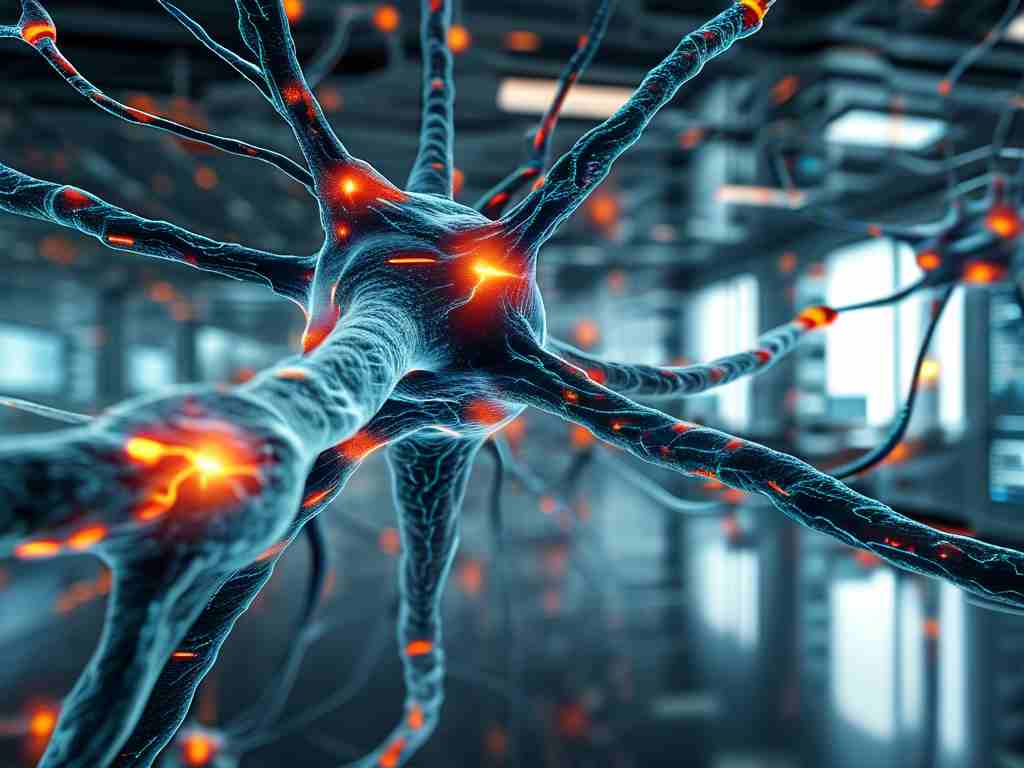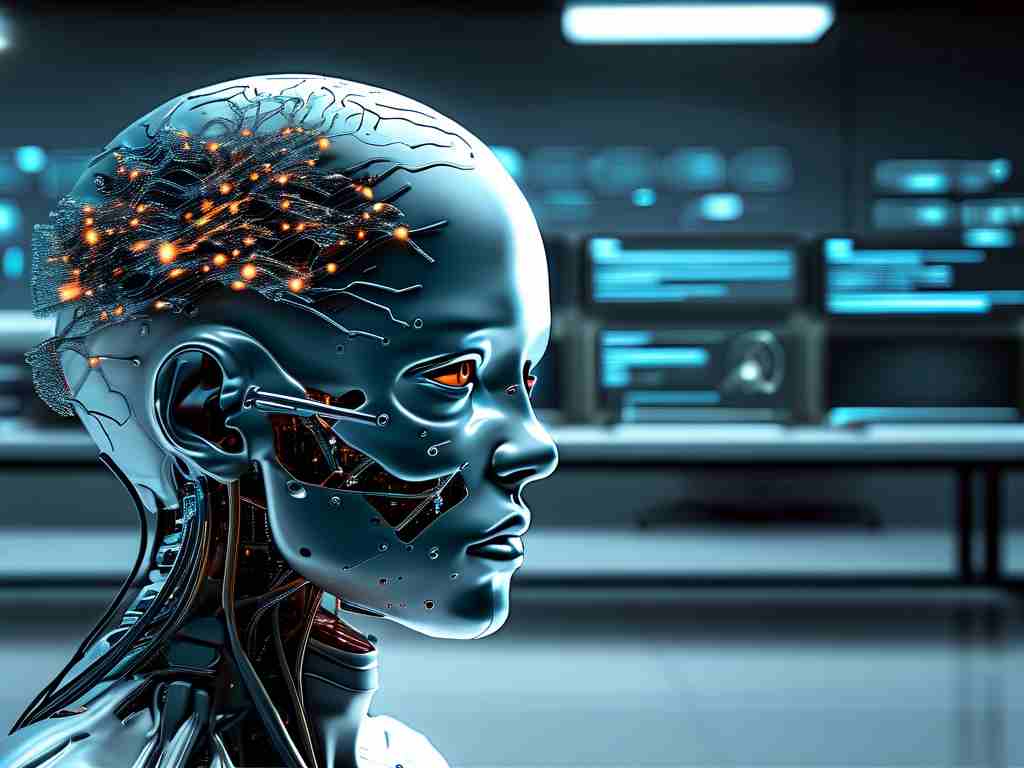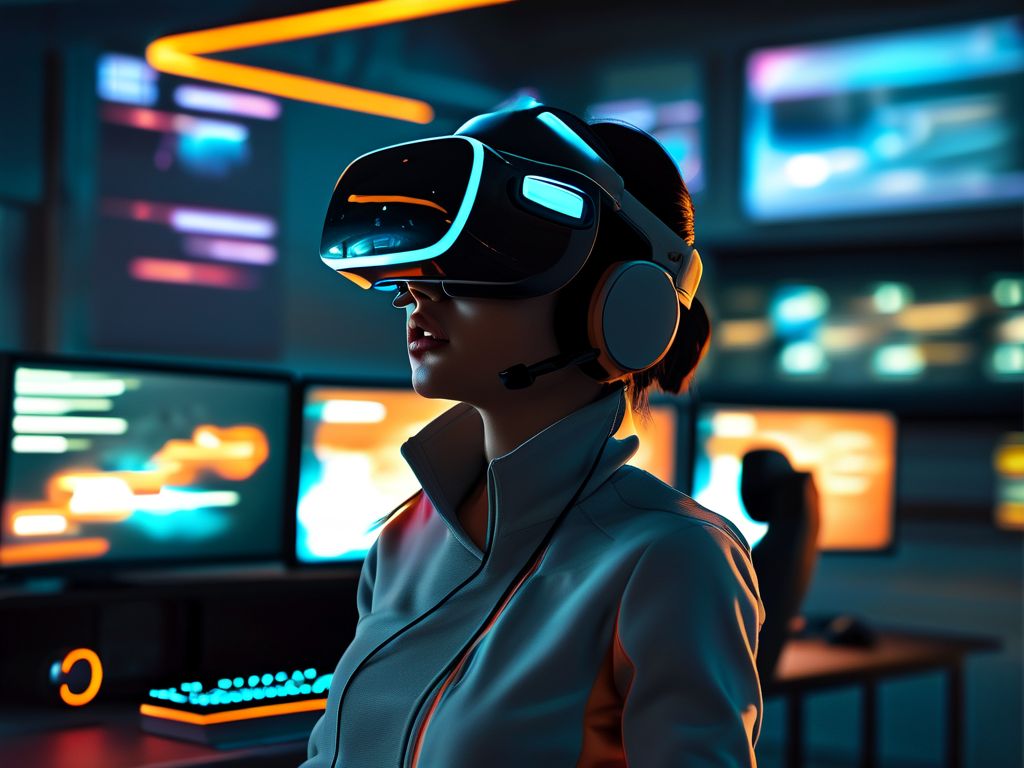The intersection of neural networks and gaming has emerged as a groundbreaking frontier in artificial intelligence (AI) research. By leveraging the dynamic, rule-bound environments of games, researchers are training neural networks to solve complex problems, optimize decision-making, and even mimic human-like creativity. This article explores how games serve as ideal training grounds for neural networks, the methodologies behind this synergy, and its implications for the future of AI.
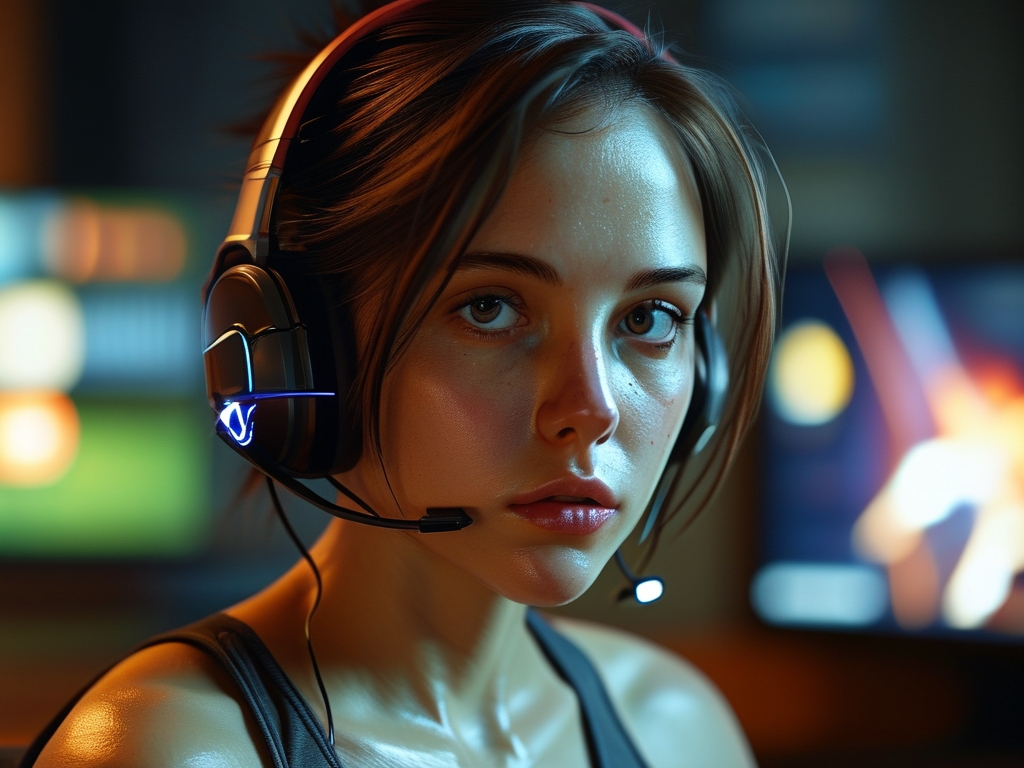
1. Why Games? The Perfect Training Arena
Games—whether chess, video games, or simulated environments—provide structured yet flexible frameworks for testing AI capabilities. Unlike real-world scenarios, games offer controlled settings with clear objectives, measurable outcomes, and scalable difficulty. For neural networks, this translates to iterative learning opportunities. For example, AlphaGo, developed by DeepMind, mastered the ancient board game Go by playing millions of matches against itself, refining its strategies through reinforcement learning. Similarly, OpenAI’s GPT models have been fine-tuned using text-based games to improve contextual understanding and response generation.
Games also introduce elements of unpredictability. In multiplayer environments like Dota 2 or StarCraft II, AI agents must adapt to opponents’ tactics, manage resources, and execute long-term strategies—a microcosm of real-world challenges. These conditions force neural networks to develop robust generalization skills, a critical requirement for applications like autonomous driving or medical diagnosis.
2. Training Methodologies: From Reinforcement Learning to Imitation
The training of neural networks in gaming environments relies heavily on reinforcement learning (RL). In RL, an agent learns by interacting with its environment, receiving rewards for desirable actions (e.g., winning a level) and penalties for failures. Over time, the network adjusts its parameters to maximize cumulative rewards. For instance, DeepMind’s AlphaStar achieved Grandmaster-level performance in StarCraft II by combining RL with supervised learning from human gameplay data.
Another approach is imitation learning, where neural networks mimic human behavior. By analyzing gameplay footage or player inputs, the model learns to replicate strategies, reflexes, or creative problem-solving. This method has been used to train AI for racing games like Gran Turismo, where the AI driver matches the precision of professional human racers.
Hybrid models are also gaining traction. For example, neuroevolution—a technique that evolves neural network architectures through genetic algorithms—has been applied to games like Super Mario Bros., enabling AI to discover novel solutions beyond human-designed strategies.
3. Case Studies: Breakthroughs and Limitations
- AlphaGo and AlphaZero: These systems demonstrated that neural networks could surpass human expertise in games once thought to require “intuition.” AlphaZero, trained solely through self-play, mastered chess, Go, and shogi in under 24 hours, revealing entirely new strategies.
- OpenAI Five: This AI team defeated world champions in Dota 2 by coordinating five neural networks in real time. The project highlighted the importance of teamwork and adaptability in complex environments.
- GameGAN: NVIDIA’s GameGAN learned to recreate classic games like Pac-Man without access to the underlying code, showcasing generative capabilities.
However, challenges remain. Training neural networks for games demands immense computational resources, and overfitting—where models perform well only in specific scenarios—is a persistent risk. Additionally, transferring game-trained AI to real-world tasks requires careful calibration to account for unstructured variables.
4. Beyond Entertainment: Real-World Applications
The lessons learned from game-trained neural networks are already influencing other domains:
- Robotics: AI trained in virtual environments (e.g., simulated warehouses) can navigate physical spaces more efficiently.
- Healthcare: Diagnostic models inspired by game-based reward systems prioritize accuracy and speed.
- Education: Adaptive learning platforms use gamified AI tutors to personalize instruction.
5. Ethical and Societal Considerations
As neural networks grow more sophisticated, ethical questions arise. Should AI be allowed to dominate competitive gaming? Could game-trained AI be weaponized for malicious purposes? Moreover, the environmental cost of training large models—often equivalent to years of household energy consumption—calls for sustainable alternatives.
The fusion of neural networks and gaming is not merely a technical achievement but a paradigm shift in AI development. By embracing the complexity of games, researchers are unlocking systems capable of creativity, adaptability, and strategic thinking—traits once deemed exclusive to humans. As this field evolves, it promises to redefine not only how we play but how we solve humanity’s most pressing challenges.


